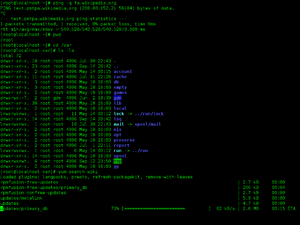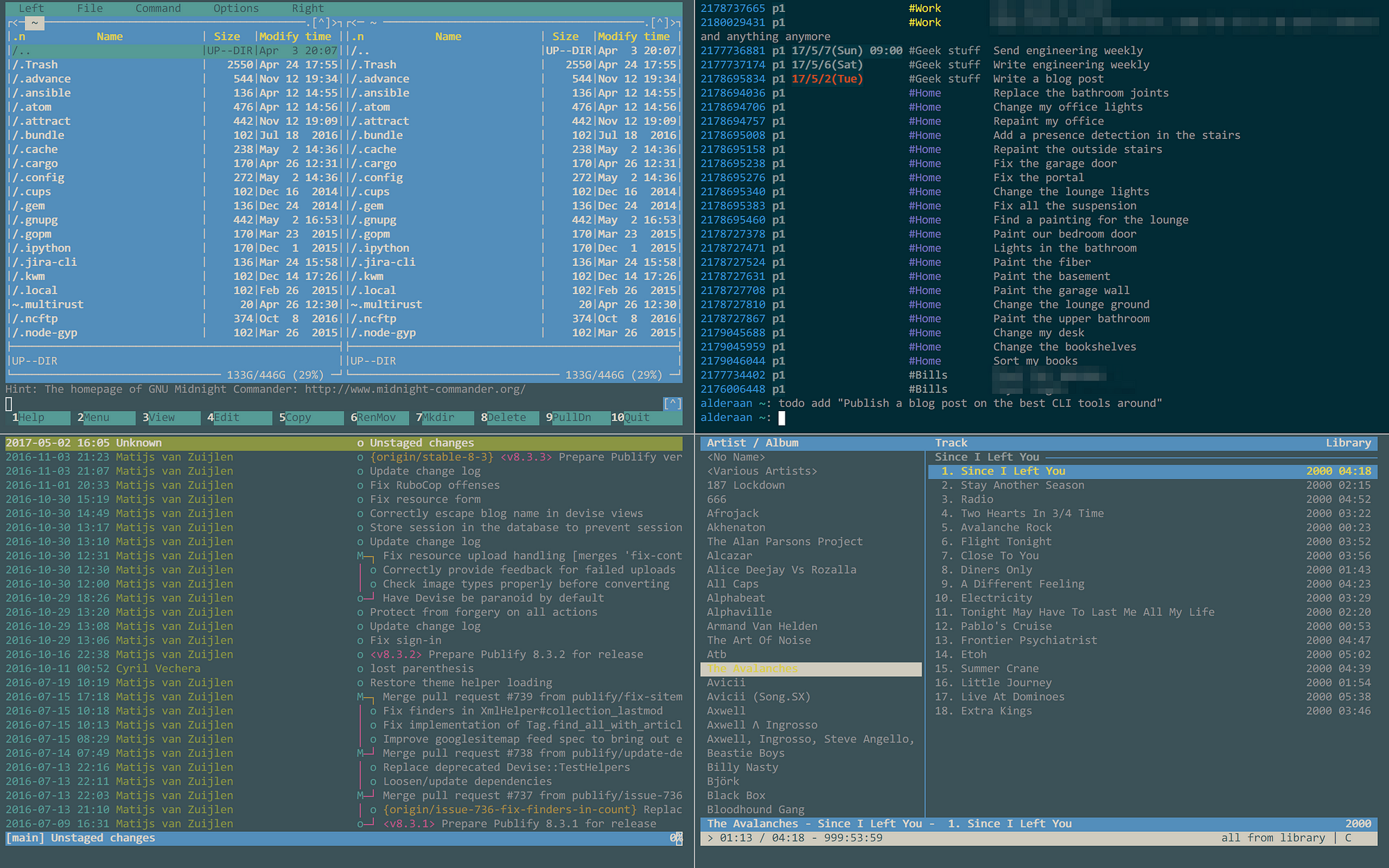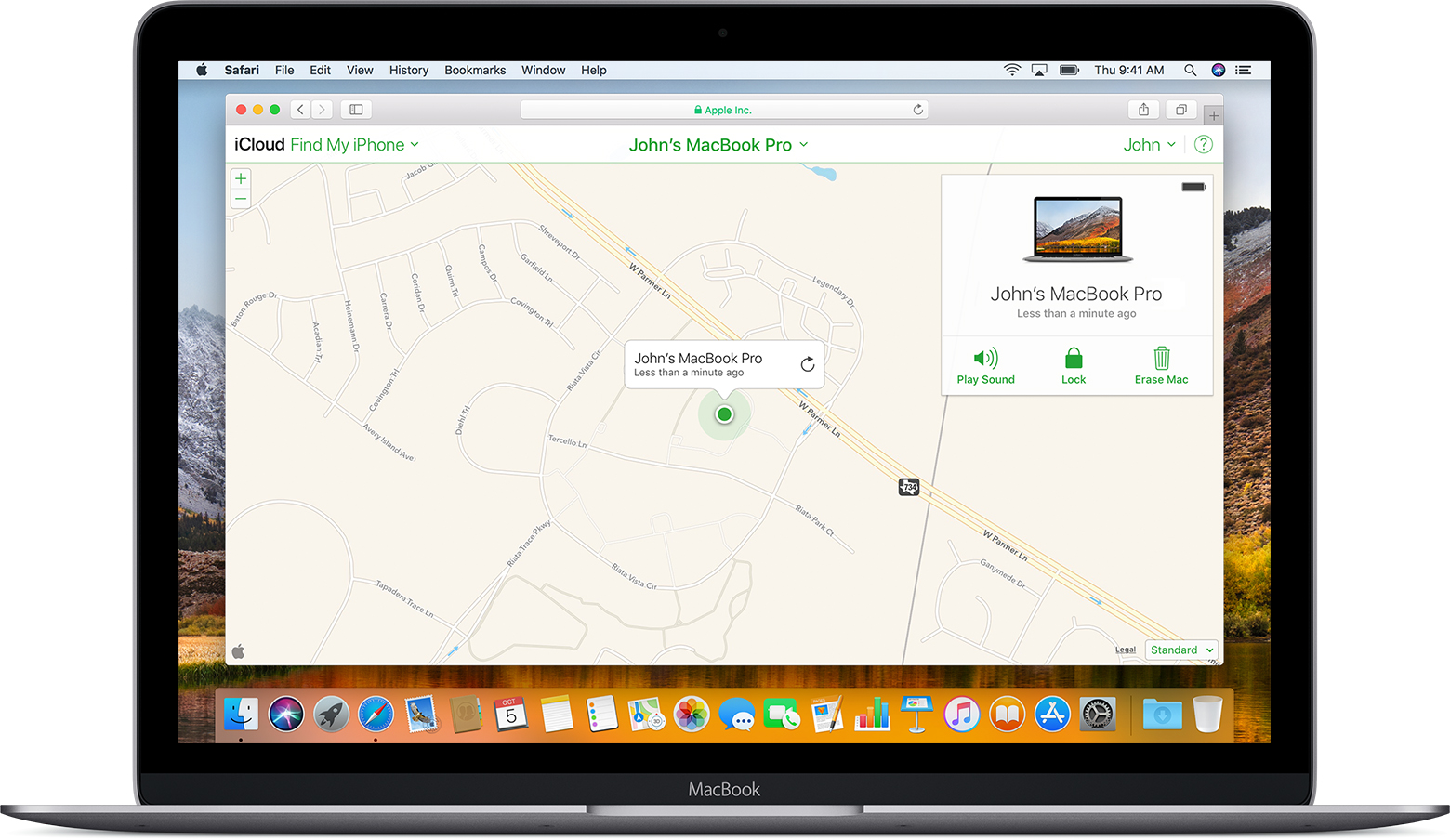Command Line Tool For Mac
Posted : admin On 12.04.2020- Mac OS X Mavericks made installation of Xcode Command Line Tools much simpler. Alternatives The OSX GCC Installer is an open source project to provide the GCC compiler and related tools.
- Apple's Command-line Developer Tools. Unix programs cannot follow Carbon aliases, but all Mac OS X applications (Carbon, Cocoa, Classic, and Unix) can follow symbolic or hard links. Ls Lists files or directories. Mkdir Makes a new directory. More Displays files one screen at a time.
A major attraction of Mac OS is its underlying UNIX kernel. Developers love UNIX and its array of tools for development and testing. In Mac OS X to access these tools through terminal, you need to install Command Line Tools.
Part of OS X is its powerful command-line interface, where a competent or even novice programmer can make use of a number of tools for configuring and customizing the system, and make programs and scripts.
While OS X ships with a number of common commands, by default Apple does not include those that are used for checking out, compiling, and otherwise managing code for developing applications.
If you need these tools for some reason, then there are three ways you can get them on your Mac. The first is to install Apple's XCode developer suite, which is available via the Mac App Store for free. However, installing this will also include XCode itself, and despite its benefits, some people may not wish to have the entire Xcode suite installed on a system.
The next option is to download the latest command line tools from Apple's developer page. To do this, you simply need to log into the downloads section of the Apple developer site using an Apple ID. Here you can search for 'Command Line Tools' to view all versions of the tools from Lion through Mavericks. These can then be downloaded as .dmg disk images and mounted, and you can then run the enclosed installer.
The last option is perhaps the easiest, which is to use the system's ability to install the command line tools on demand. This is done by an application in the Macintosh HD > System > Library > CoreServices folder called 'Install Command Line Developer Tools.' However, this program cannot be launched independently. To run, this program must be invoked by a service or application that calls for the use of the developer tools.
In most cases, standard developer commands like 'make,' 'gcc,' 'cc,' 'svn,' 'git' or Apple-specific tools like 'xcode-select' or 'xcodebuild' or 'xcrun' will require these tools, so running these in some form will spur the system to launch the 'Install Command Line Developer Tools' program.
Therefore, to install these tools, simply open the Terminal, type 'make' or any desired common developer command, and press Enter, and then when prompted you can install the developer tools (an approximate 100MB download from Apple), and be up and running.
When installed, the developer tools will be placed in the Macintosh HD > Library > Developer directory, which you can peruse to see what exactly has been installed. To uninstall these tools, simply remove the 'Developer' folder from the Macintosh HD > Library directory.

Questions? Comments? Have a fix? Post them below or e-mail us!
Be sure to check us out on Twitter and the CNET Mac forums.
I just upgraded from Yosemite to El Capitan (and replicated the problem upgrading from El Capitan to Sierra), and when I try to type for example git status inside a terminal, I get the following error:
I don't have Xcode installed, never did. Anyone have a solution?
rista404rista40414 Answers
Found the fix for the problem here.
This will bring up a prompt to install the necessary command line tools.
Hannele cuadramancuadraman
cuadramancuadramanIf you have issues with the xcode-select --install command; e.g. I kept getting a network problem timeout, then try downloading the dmg at developer.apple.com/downloads (Command line tools OS X 10.11) for Xcode 7.1
I tried the solution xcode-select --install but it don't help me, I update from Sierra to High and happened this, my solution:
Reassigning the path Xcode is configured with worked for me.
sudo xcode-select -switch /Applications/Xcode.app
You'll then likely be prompted (after trying a command) to agree to the license agreement.
tristentristenI just updated to High Sierra and I couldn't just run xcode-select --install. First, I had to actually install xcode from the app store. Then I ran xcode-select --install. Then I had to run sudo xcodebuild -license, agree to the terms, then I could finally run git commands again.
Furthermore, the provided patch is so simple to run without installing command line tool and using a terminal. No doubt, this is the most used office word around the globe. Mac users can now enjoy what window users have been enjoying for over a decade. Crack office 2016 for mac with command tool and patcher.
Updated to High Sierra 10.13.2
xcode-select --install ALONE did not work for me.
- Download X-code from app store
$xcode-select --install
a. May need to update after install using softwareupdate in command line. $sudo softwareupdate -i 'Command Line Tools (macOS High Sierra version 10.13) for Xcode-9.1'$sudo xcodebuild -license
For me, after I've removed Xcode, I have to switch active developer path as follows:sudo xcode-select -s /
In macOS 10.14 this issue may also occur if you have two or more versions installed. If you like xCode GUI you can do it by going into preferences - CMD + ,, selecting Locations tab and choosing version of Command Line Tools. Please refer to the attached print screen.
For those also having issues with heroku command line tools after upgrading, I also had to do the following in my terminal:
Command Line Application For Mac
It seems the upgrade to High Sierra messed with my symlinks in addition to forcing me to reinstall xcode tools. I kept getting 'not a directory' errors:
Hope that saves someone an hour :)
MattMattAfter update to macOS 10.13.3
After updating do macOS 10.13, I had to install 'Command Line Tools (macOS 10.13) for Xcode 9.3'downloaded from https://developer.apple.com/download/more/
Oleksii KyslytsynOleksii KyslytsynDownload Command Line Tool For Mac
I upgraded mac os to macOS High Sierra - 10.13.3 and faced a similar issue while trying to install watchman (with command - brew install watchman).
ran the command: xcode-select --install, then ran 'brew install watchman' - Everything works fine!
For the most recent version Mojave version 10.14.1, I use
solved by downloaded from https://developer.apple.com/download/more/ ' login by apple id, and download
Command line tool newest stable version.dmg
That makes everything work
the old answer
doesn't work for me.
For Mojave
Uninstall Any old version of Command Line Tools:
Download and Install Command Line Tools 10.14 Mojave.
Mihai ChelaruEven if you do xcode-select --install it was not fixing that for me as it showed some network error. The problem was that it could not connect to the app store. I did the following to fix it.
- Open keystore
- Go to system root and select certificates.
- Open digicert high assurance EV.
- Expand the trust section, mark it as never trust.
- Restart system now repeat step 1, 2, 3. and mark the trust policy asback to use system defaults.
Your app store should work now and you should be able to run xcode-select --install
protected by Community♦Dec 22 '15 at 22:44
Thank you for your interest in this question. Because it has attracted low-quality or spam answers that had to be removed, posting an answer now requires 10 reputation on this site (the association bonus does not count).
Would you like to answer one of these unanswered questions instead?
